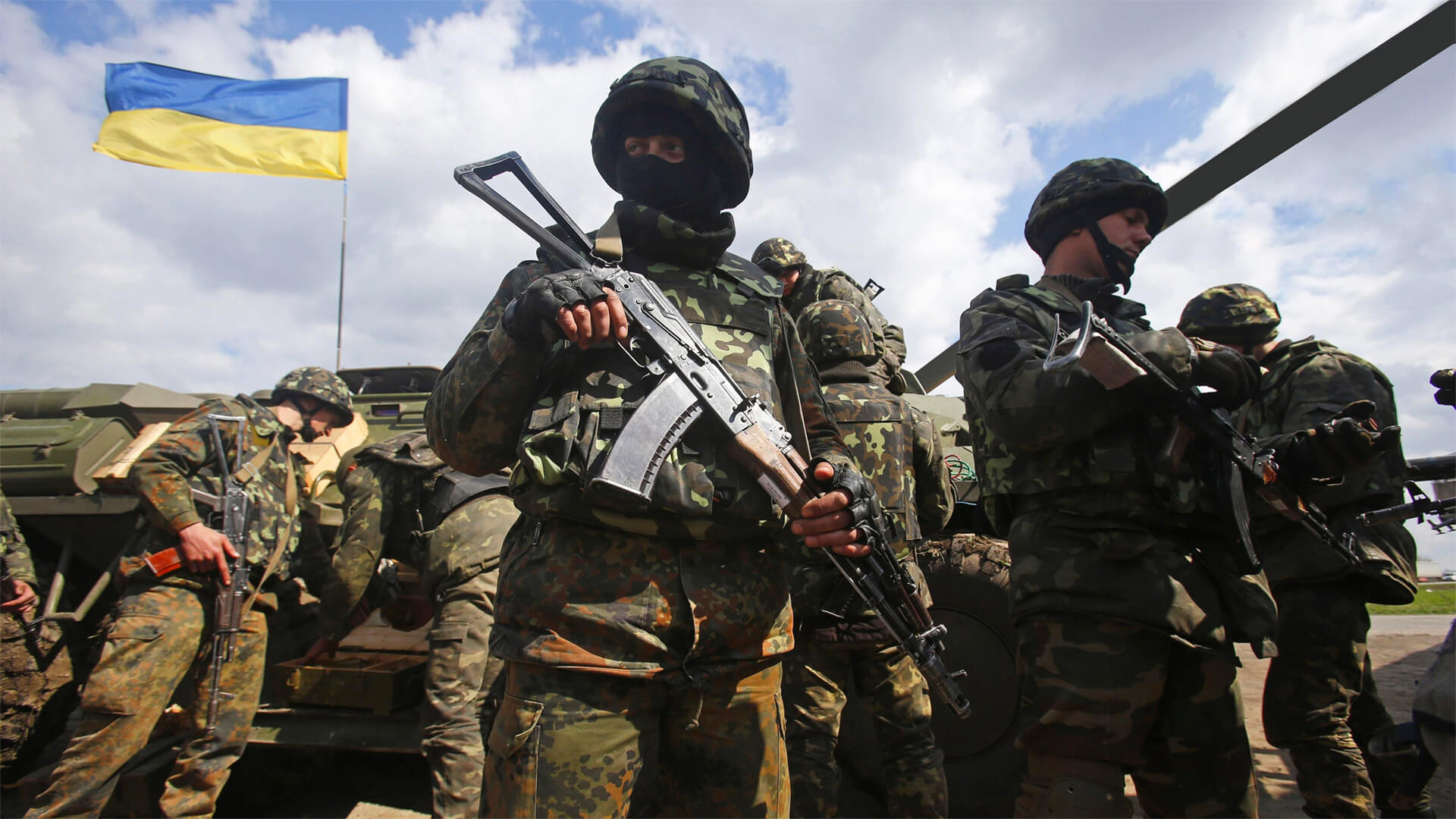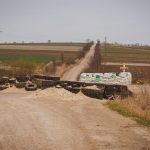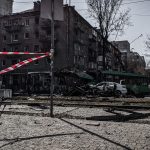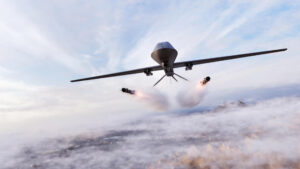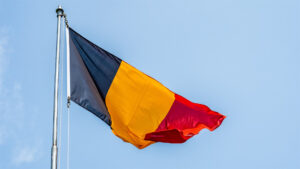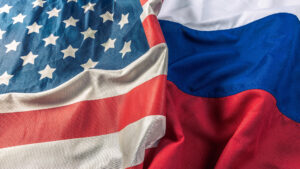Ukraine has done all the prep work to launch its counter-offensive against the Russians. Now they just need Mother Nature to do her part and let the ground firm up. So, I would expect the tanks to roll out at the end of May or June.
Preliminary attacks by the Ukrainians have helped weaken the Russian’s ability to move. Since Russia typically fights by rail, these attacks have focused on rail nodes and connections. As Russian strategy pivots to trucks and vehicles, Ukraine targeting will shift to fuel depots and supply lines.
The Ukrainians have seen success by punching through the Russian front, cutting off supply lines, and forcing a rout. We will likely see a similar strategy used as the Ukrainians push into the Donbas and eventually out to the Sea of Azov.
If you’ve followed me for a while, much of this will sound like my predictions for a Ukrainian counter-offensive in the winter. As we’ve learned, the weather always wins and the Ukrainians are pretty sneaky…so these predictions should be taken with a grain of salt. What I’m looking to do is outline the logical next steps that Ukraine will take to win this war.
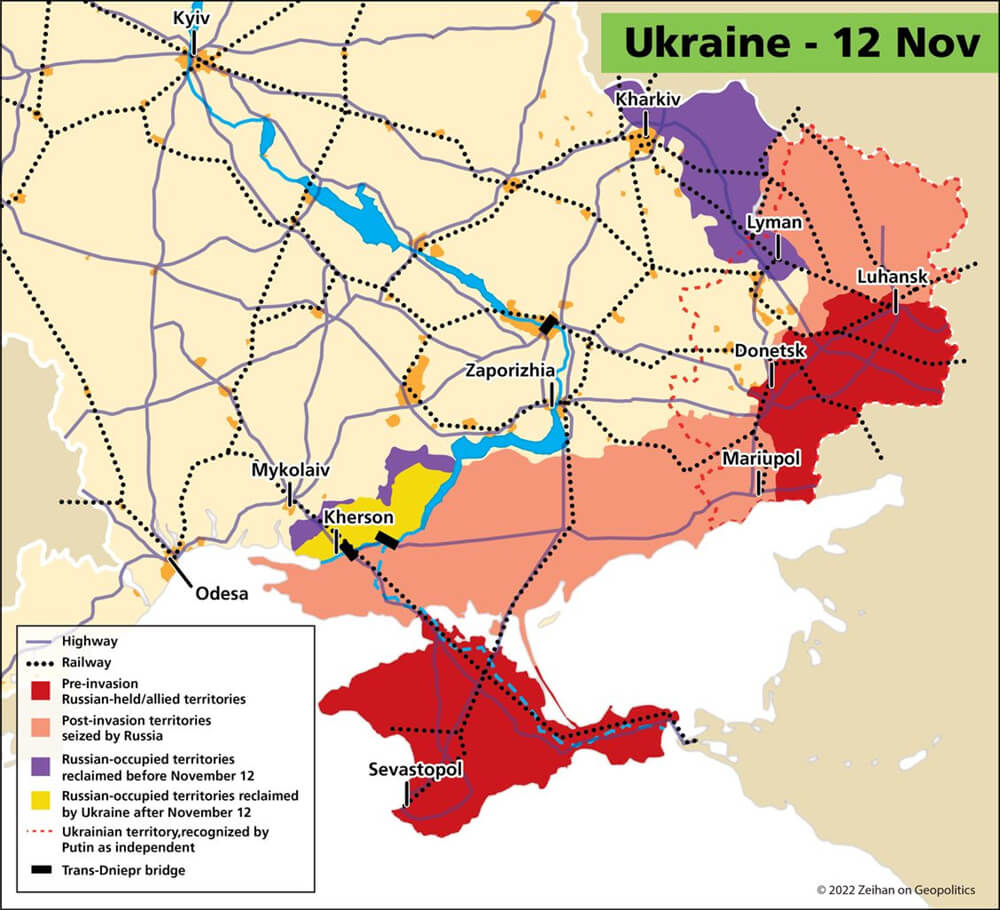
Yes, this map is from November. But given the largely static nature of the war, neither side has made significant gains since then.
Prefer to read the transcript of the video? Click here
Here at Zeihan On Geopolitics we select a single charity to sponsor. We have two criteria:
First, we look across the world and use our skill sets to identify where the needs are most acute. Second, we look for an institution with preexisting networks for both materials gathering and aid distribution. That way we know every cent of our donation is not simply going directly to where help is needed most, but our donations serve as a force multiplier for a system already in existence. Then we give what we can.
Today, our chosen charity is a group called Medshare, which provides emergency medical services to communities in need, with a very heavy emphasis on locations facing acute crises. Medshare operates right in the thick of it. Until future notice, every cent we earn from every book we sell in every format through every retailer is going to Medshare’s Ukraine fund.
And then there’s you.
Our newsletters and videologues are not only free, they will always be free. We also will never share your contact information with anyone. All we ask is that if you find one of our releases in any way useful, that you make a donation to Medshare. Over one third of Ukraine’s pre-war population has either been forced from their homes, kidnapped and shipped to Russia, or is trying to survive in occupied lands. This is our way to help who we can. Please, join us.
CLICK HERE TO SUPPORT MEDSHARE’S UKRAINE FUND
CLICK HERE TO SUPPORT MEDSHARE’S EFFORTS GLOBALLY
TRANSCIPT
Hey everyone. Peter Zeihan here coming to you from the Bluebird Trail, which is just above Ken Castle in Colorado. You got the dry red rocks in the Lockheed Martin research facility down there below me. Looks really cool. After sunset, it’s lit up. Looks like a spaceship setting down in the rocks. Anyway, this is part two of our ongoing series on the coming Ukrainian counteroffensive. Expect to see that starting probably either in the last week of May or some time in June. Once the ground has firmed up enough that it’s not muddy in tanks can actually maneuver.
We’ve already seen the Ukrainians do a significant amount of prep in terms of preliminary attacks to hobble the Russians ability to move. Now, for those of you who’ve been following me for a while, you know that the Russian system, the military is designed to fight by rail. It does not do well with trucks. They don’t have very many and they’ve lost most of what they have. They prefer to put their troops and their equipment on rail lines, rail them as close as possible, and then throw everything like a giant fist at their foes. That has been a problem in this conflict so far, because the Ukrainians managed to take out the Kerch Strait Bridge, which was the only reliable rail connection into the Crimea.
And they’ve gone after a number of rail connections and nodes in the eastern sections of Ukraine, an area known as the Donbas, which takes up the two provinces of Luhansk and Donetsk. And that has made it more difficult for the Russians as well, though not nearly as bad as Crimea. What they’ve been doing of late, what the Ukrainians have been doing of late is using a mix of missiles, drones and other air craft to target fuel depots and fuel trains.
And they’ve hit some very close to the border of Belarus in the north. They’ve hit some near Rostov on Don, some near over a season on the Black Sea and then, of course, in Crimea themselves, because trucks use a lot, lot, lot, lot more fuel to move the same amount of cargo compared to trains. So if the Ukrainians can hobble the Russians ability to move about the battlefield, then the Ukrainians can use superior movement.
And this has always been a war of movement for the Ukrainians. The Russians are slow but powerful. So Ukrainian strategy has been to move quick, punch through the lines, get behind them, partially encircle the Russians and then force a route where the Russians just leave everything behind. And that’s what they did in Kharkiv province in the summer offensive and in their fall offensive in Kherson.
The hope that the Ukrainians have is they’re going to be able to do that again with their spring offensive. And it really breaks down into two major pieces. The first is going to be a series of eastward thrusts into the Donbass to hit those other rail connections, to break up Russian formations in the Donbass so they can’t maneuver to assist one another, allowing the Ukrainians to dice them up and take their stuff.
You know, reasonable strategy has worked a couple of times already. But the second the bigger push is going to be going on the east side of the Dnieper River and then punching straight south through the province of Japanese. Easier in order to get to the Sea of Azov, which is an inlet off of the Black Sea. And if they can do that, they not only cut whatever remaining light rail connections that might be partially available to the Russians for logistics right now.
They also cut every single land connection and basically take the entirety of the southwestern part of the front and all of the Crimea peninsula and put it in a box. Because once the Ukrainians can get to the Sea of Azov, they’ll be able to take out the rest of the Kerch Bridge and then not even military trucks will be able to get in to resupply.
And then you’ll have the best forces that the Russians have completely trapped, completely devoid of reinforcements. The Navy will have to withdraw because the Ukrainians can then hit anywhere or any of the Crimean ports with missiles that they have. And the beautiful thing from the Ukrainian point of view is these attacks that they’ve already used to cross into Russia proper that uses Ukrainian gear, American gear at the moment is not allowed to be used on Russian territory.
So with every inch that the Ukrainians close towards the border, more and more of their own stuff can do deep strike into Russia proper. Now, if some of this the Donbass campaign, the separatist campaign sounds a little bit familiar, that’s because I mentioned this before. I thought there was going to be a winter counter attack. And so back in November, I basically released a video more or less lining up about half of what I just did right now.
Which brings me to why you shouldn’t take what I’m taking too seriously. Number one, whether wins and if we get a wet meh, then this attack is going to be pushed back not just to June, but maybe into July and even in August. And there might not be enough time to do it at scale anyway. Second, the Ukrainians have proven themselves very adept at fooling people into thinking what their actual intentions are.
So for example, the Kharkiv offensive last year, which was the biggest victory for the Ukrainians of the war so far, they didn’t advertise that at all. They made everybody think they were going after Kherson first, and that attack did happen, but it was really just designed to draw Russian troops away from where the Ukrainians really wanted to go.
And in the end, they ended up getting them both. So obviously the Russians get a vote in this. Obviously, the Ukrainians can decide where they go. What I’m outlining are the logical steps and things that ultimately Ukraine is going to have to do if it’s going to win this war. But that doesn’t mean they’re going to do it on my timeframe.
All right. That’s it for me. You all take care. See you tomorrow.

